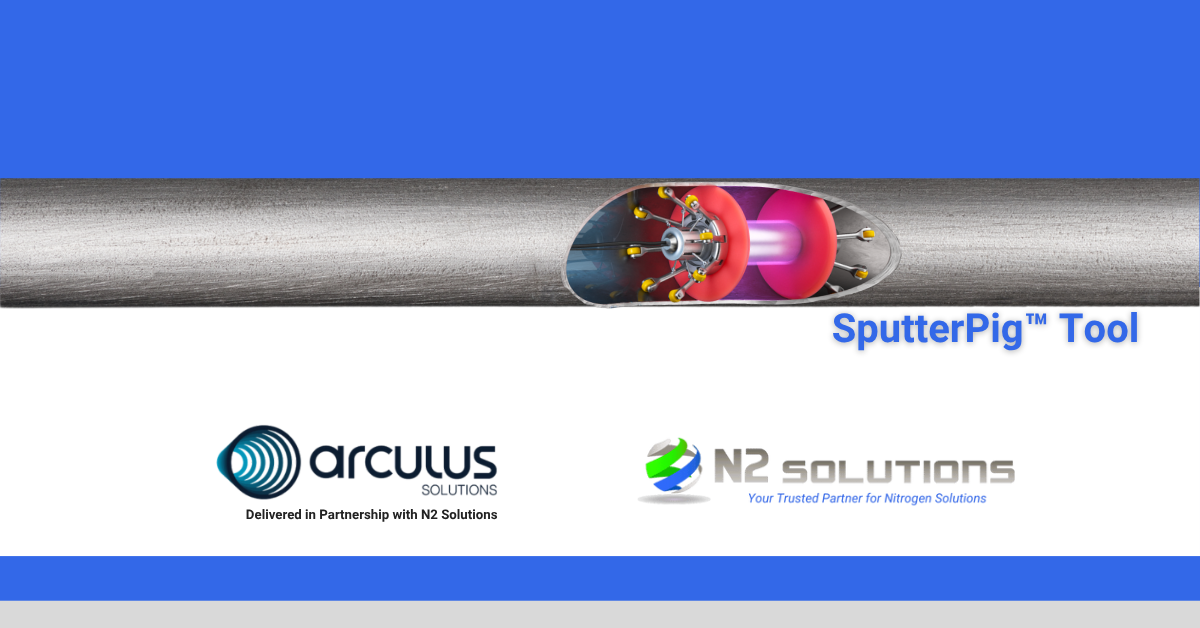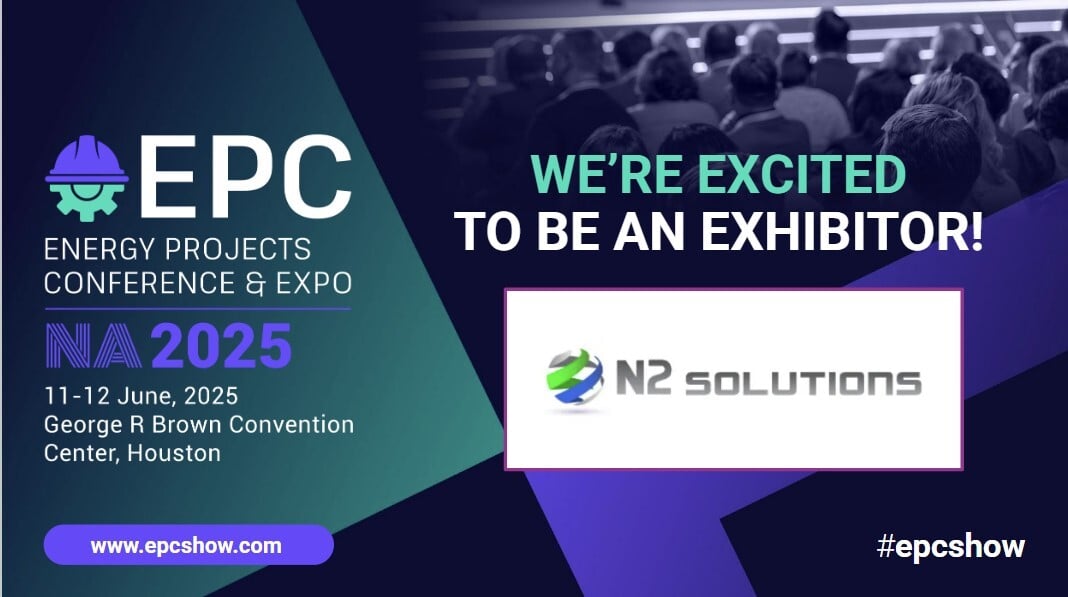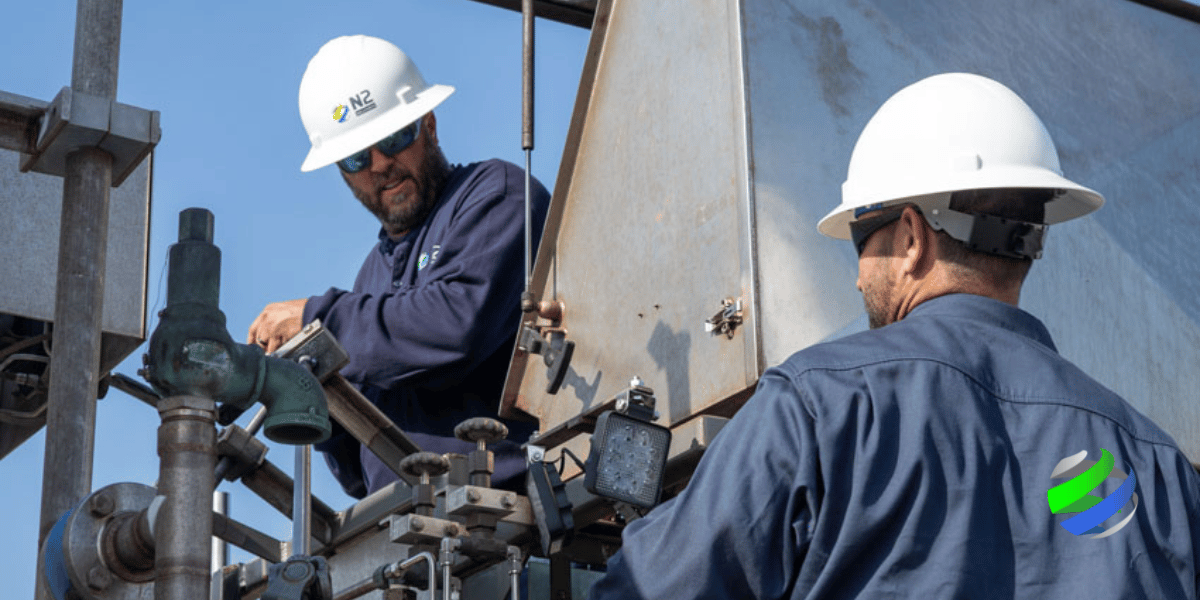Join N2 Solutions at the EPC Show!
Get ready, Houston! From June 11-12, 2025, N2 Solutions will be at the Energy Projects Conference & Expo, discussing our nitrogen services at Booth...

Corrosion remains the most persistent challenge for pipeline operators. According to PHMSA, internal corrosion accounts for roughly 60% of all corrosion-related pipeline failures in transmission and gathering systems. A NACE study estimates that the total annual cost of corrosion in the oil and gas production industry is $1.372 billion.
Traditional methods, such as liners and coatings, are widely used to provide protection against corrosion, but these methods have limitations. Even with these options, pipelines degrade, which can be hard to detect until failure occurs. Despite decades of use, these legacy approaches may no longer meet the industry's increasing demands and rising pressure for longer asset lifecycles, fewer shutdowns, and consistent performance.
Operators are looking for better alternatives that provide longevity, consistency, and operational efficiency.
Sputtering could be the answer they are looking for.
Current methods used for internal pipeline protection include epoxy coatings and plastic liners.
Epoxy coatings are polymer-based protective layers that cure into a hard, durable film on the internal surface of the pipeline. This layer is bonded to the metal, protecting against moisture, oxygen, and corrosive chemicals.
Plastic liners are plastic pipes that line the interior of a metal pipe to protect the metal from corrosive substances. The liner acts as a physical barrier between the metal and harmful chemicals.
These methods require intensive upfront preparation, careful application, and special, controlled curing environments. Systems must be taken offline to apply these coatings, halting operations. Installation of epoxy and plastic liners also occurs in enclosed, hazardous environments, requiring either trained personnel or pig-based spray tools.
Once the application is complete, epoxy coatings and plastic liners still pose a risk to the pipeline. Adhesion failures, uneven application, damage during operation, and recoating cycles can lead to premature failure and costly repairs. A corrosion study conducted by NACE International shows that 50% of all corrosion costs are preventable, and 85% are specific to protecting coatings. (AMPP)
The industry needs a better way to protect internal surfaces. Sputtering's seamless application protects pipelines for longer, at a fraction of the cost.
Sputtering is a form of physical vapor deposition (PVD). This technique applies a very thin, corrosion-resistant film to a substrate.
Here is how it works:
The bond between the interior surface and the film is not just surface adhesion, but a chemical bond, resulting in a stronger, more permanent protective layer.
This innovative alternative to traditional coatings eliminates the need for solvents, curing, and manual application. The application tool can be customized to the desired thickness down to nanometers for ultra-thin, precise barriers.
Sputtering isn’t a theory – it’s a practical tool with case histories and decades of research to back it up. The advancement of PVD technology over the past several decades has resulted in today’s opportunity to benefit the oil & gas pipeline industry (Vac). It’s currently being used by early adopters and researchers in demanding technical environments, such as semiconductors and aerospace (Vac).
Sputtering can be found in critical applications across industries operating in extreme environments—microelectronics relies on it for semiconductor fabrication, aerospace leverages its thermal barrier properties, and medical devices benefit from its biocompatible coatings.
A previous review of the sputtering process discussed the uniformity and bonding use cases in high-demanding industries such as manufacturing, electronics, and aerospace. (Nyberg). The proven success of sputtering in extreme environments, like those under high stress, elevated temperature, and chemical exposure, is promising for pipeline environments.
Sputtering deposits an ultra-thin, consistent barrier on internal steel surfaces, eliminating the need for material buildup like coatings. Because sputtering uses a chemical bond with the substrate, the risk of flaking, delamination, or wear that we typically see with coatings is eliminated. These characteristics of sputtering work together to extend the lifespan of internal protection and significantly reduce the chance of failure.
Sputtering also minimizes the need for extensive surface preparation, which is common in traditional coating techniques. Sputtering enables direct deposition of materials with chemical adherence. The process does not rely on curing and is less sensitive to ambient temperature or humidity during application, allowing for more consistent and reliable performance across diverse applications.
Sputtering deposits an ultra-thin, consistent barrier on internal steel surfaces, eliminating the need for material buildup like coatings. Because sputtering uses a chemical bond with the substrate, the risk of flaking, delamination, or wear that we typically see with coatings is eliminated. These characteristics of sputtering work together to extend the lifespan of internal protection and significantly reduce the chance of failure.
Sputtering also minimizes the need for extensive surface preparation, which is common in traditional coating techniques. Sputtering enables direct deposition of materials with chemical adherence. The process does not rely on curing and is less sensitive to ambient temperature or humidity during application, allowing for more consistent and reliable performance across diverse applications.
Traditional coatings have protected lines from corrosion for decades, but newer technology will soon replace the old way of doing things. Sputtering is a science-backed alternative with cross-industry adoption.
The next wave of pipeline protection won’t rely on thick coatings or new plastics; it will be innovation at the atomic level that becomes the next big thing in corrosion protection.
%20(3).png?width=180&height=90&name=N2%20-(300%20x%20150)%20(3).png) N2 Solutions strengthens their position as a nitrogen services leader with the acquisition of PFS Nitrogen Services, expanding its locations and product offerings. With pump trucks, nitrogen transports, pig tracking, ILI tool runs, and pipe freeze technology, N2 delivers cost-effective solutions to energy, industrial, chemical, and pipeline clients. Together, N2 Solutions and PFS set a new standard of excellence in nitrogen solutions for their customers.
N2 Solutions strengthens their position as a nitrogen services leader with the acquisition of PFS Nitrogen Services, expanding its locations and product offerings. With pump trucks, nitrogen transports, pig tracking, ILI tool runs, and pipe freeze technology, N2 delivers cost-effective solutions to energy, industrial, chemical, and pipeline clients. Together, N2 Solutions and PFS set a new standard of excellence in nitrogen solutions for their customers.

Get ready, Houston! From June 11-12, 2025, N2 Solutions will be at the Energy Projects Conference & Expo, discussing our nitrogen services at Booth...
When it comes to pipeline pigging operations, precision, safety, and efficiency aren’t just goals—they’re essential. At N2 Solutions, we take...

When it comes to industrial pipeline services, safety, reliability, and performance aren’t just priorities — they’re non-negotiable. At N2...